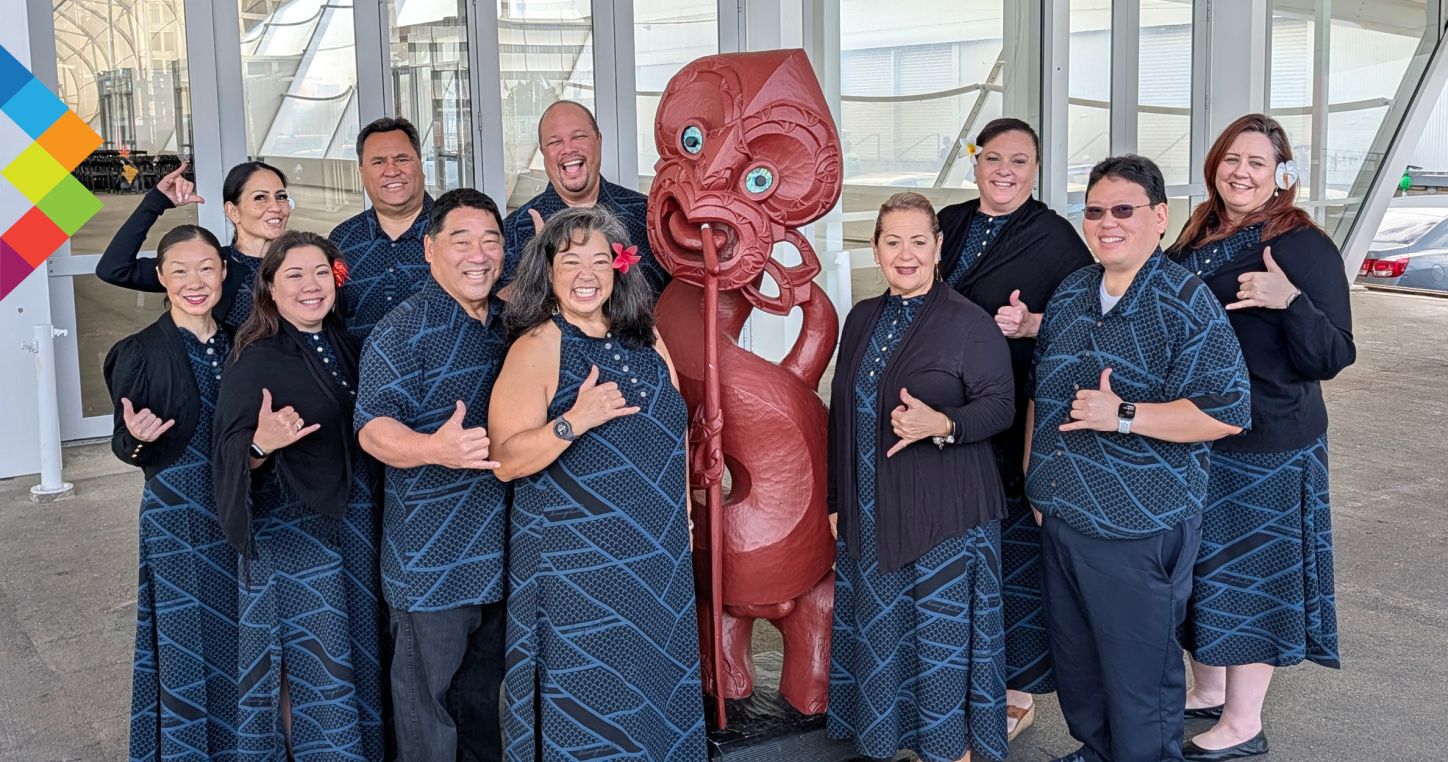Decolonizing education: Restoring and expanding Hawaiian language and cultural education
Sign up
Sign up for the Worlds of Education newsletter.
Sign up
Sign up for the Worlds of Education newsletter.
Thank you for subscribing
Something went wrong
In Hawaiʻi public schools, teaching using the Hawaiian language was made illegal in 1896 and did not resume until the 1980s, when ʻōlelo Hawaiʻi (Hawaiian language) revitalization efforts led to the creation of Hawaiian-medium preschools in 1984, which were then piloted in two elementary schools in 1987.
With the language having been on the verge of extinction, there are now 33 primary and secondary schools offering Kaiapuni (Hawaiian immersion) programs. Many schools offer their Kaiapuni programs using a school-within-a-school model, where English-medium and Hawaiian-medium instruction take place for separate subsets of students at the school. There are some schools where instruction for all students is conducted exclusively in ʻōlelo Hawaiʻi.
The Hawaiʻi Board of Education has a policy, in effect since 2014, that includes language stating all students in Hawaiʻi’s public schools should have “reasonable access” to a Kaiapuni program. Even with this policy, the Hawaiʻi Supreme Court had to rule in 2019 that the Hawaiʻi Department of Education (HIDOE) had a constitutional duty to provide reasonable access to a full immersion program when a lawsuit was brought on behalf of a student who moved to the rural island of Lānaʻi and wanted to continue learning in a Kaiapuni program but was denied. This ruling continues to spur the establishment of more Kaiapuni programs throughout Hawaiʻi and is especially important, given that some schools have waiting lists of students whose parents want them to have an education centered on indigenous values, as provided in ʻōlelo Hawaiʻi.
The expansion of Kaiapuni programs has necessitated the employment of more educators who are proficient in ʻōlelo Hawaiʻi. This has been and continues to be very challenging to accomplish. Hawaiʻi has suffered from a shortage of teachers in all classrooms. Those who are able to instruct using ʻōlelo Hawaiʻi are in a particularly critical shortage area. Hawaiian immersion educators have a limited number of instructional materials produced in ʻōlelo Hawaiʻi, and they often have no choice but to manually translate any and all English-medium materials into Hawaiian for student use in Kaiapuni program classrooms. This additional workload makes the job generally desirable only to those who are willing to put in many hours of translation work.
In early 2020, the Hawaiʻi State Teachers Association (HSTA), an affiliate of the National Education Association in the United States, collaborated with HIDOE to advocate for and establish a variety of shortage differentials – additional financial incentives for chronically understaffed educator positions. One was an $8,000 Hawaiian immersion shortage differential paid annually to those who are fluent in ʻōlelo Hawaiʻi and appropriately licensed and teaching in Kaiapuni program classrooms. While this additional financial incentive has been helpful, it will still be many years before a sufficient number of qualified educators will be in the pipeline to fill the increasing number of Kaiapuni classrooms being created.
Given this backdrop, Kaiapuni educators had an increasing number of questions and concerns regarding working conditions and the future of their programs. In 2022, HSTA took the bold step of establishing a Hawaiian Education Committee to gather concerns and utilize the association’s authority to advocate for those concerns.
As an entity of HSTA, the Hawaiian Education Committee has successfully been able to make headway with legislators. Their initial efforts have been focused on collaborating with other entities to secure funding for additional classroom and support staff positions as Kaiapuni enrollment continues to rise.
In 2023, HSTA successfully negotiated a contractual union-employer joint workgroup with HIDOE, resulting in regular meetings with the HIDOE Office of Hawaiian Education. Issues discussed include funding and salaries, staffing shortages, training and professional development, technology and educational resources, as well as equitable access for students.
Internally, the association has also undergone several positive changes in recent years. One of the changes was the development of a protocol named Hanohano Hawaiʻi, which specifically outlines how association meetings should begin with a recognition of “glorious Hawaiʻi” – an acknowledgement of the land and indigenous peoples, as well as something that makes Hawaiʻi unique. Many in-person meetings also start with a call-and-response chant that speaks to the power of the organization when disparate streams come together to form a powerful river that can move mountains. An ongoing effort is to change the names of chapters whose location-based names are derived from the colonizing English language, so that they are more appropriately named using ʻōlelo Hawaiʻi.
From Hawaiʻi to the world
The HSTA was excited to send a delegation to learn and present at the 2025 World Indigenous Peoples Conference on Education (WIPCE) that is held November 16-20, 2025, in Tāmaki Makaurau, Aotearoa (Auckland, New Zealand).
A breakout session under the Politics, Self Determination & Decolonisation theme entitled, “Ke Kuleana Kumu i ke Ea Hoʻonaʻauao: Teachers’ Responsibility in Educational Sovereignty” was led by HSTA’s Hawaiian Education Committee Chair and Vice Chair Wendy Kalae Akioka and Hope Pualani McKeen. The session highlighted the progress that has been achieved quickly through the union’s new focus on addressing the challenges associated with restoring and expanding Hawaiian language and cultural education.
As the HSTA delegation to WIPCE, we shared our ongoing story in the hopes that other education associations might find inspiration to incorporate more Indigenous-based efforts into their work. Decolonization is a continuous process that requires ongoing effort to ensure that indigenous students have access to their history and culture, helping to guide them toward a better future for all.
The opinions expressed in this blog are those of the author and do not necessarily reflect any official policies or positions of Education International.






